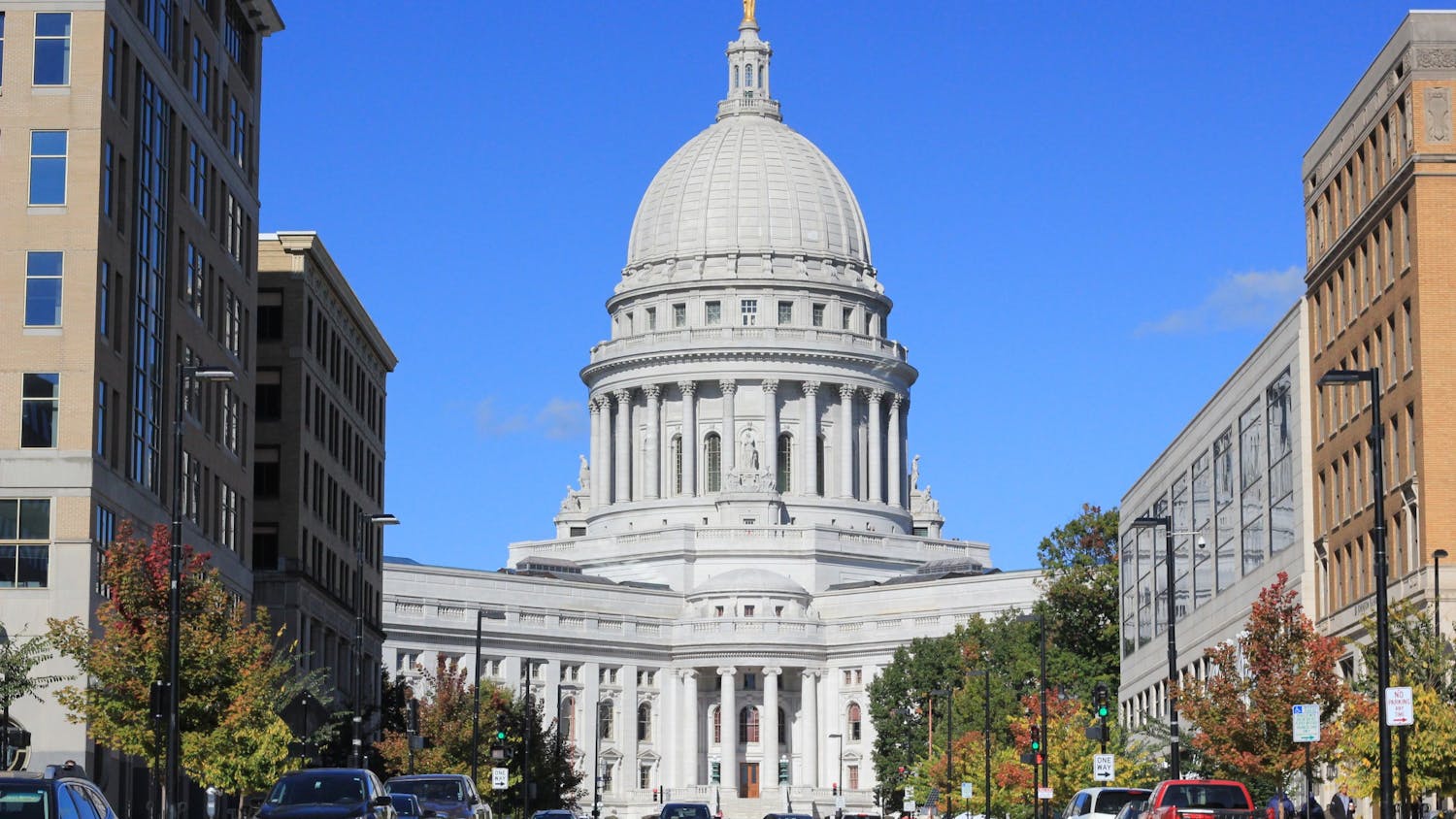SCIENCE
While the results of two controversial studies on mutated H5N1 (“avian flu”) viruses remain to be published, the multifaceted debate surrounding the research has continued.
Recently, multiple events, decisions and new findings have cause more confusion in the avian flu debate. Even within the last few weeks, new information and official decisions have emerged regarding the implications of publishing results, the regulation of future research and even the true danger of the virus to humans.
The current debate over H5N1 research reached major media outlets in a ScienceInsider article late last November, and originally began as a discussion of whether to publish two new studies involving mutated forms of the H5N1 virus.
While infection by the virus has been lethal for 60 percent of reported human cases, it is rarely transmitted to humans (with less than 600 total known cases) and hasn’t been transmissible between mammals through the air. The new studies, one carried out by researchers in the Netherlands and the other under UW-Madison professor Yoshihiro Kawaoka, examined the behavior of mutated H5N1 viruses in ferrets. In the process, each research group identified specific genetic mutations necessary to achieve airborne infection.
A month later, the U.S. National Science Advisory Board on Bioethics (NSABB) met to discuss the research findings, which were previously submitted to the top-tier journals Science and Nature.
Following this meeting, the NSABB recommended that certain details of the research should be kept confidential to prevent misuse in the form of potential terrorist activities. The NSABB also suggested that all researchers should temporarily refrain from publishing related research to allow for an international discussion of H5N1 research value and safety measures.
The two research groups were somewhat reluctant, but provided newly modified versions of their research reports to Science and Nature, according to another article in ScienceInsider. On Jan. 20 of this year, Kawaoka and Ron Fouchier of Erasmus Medical Center in the Netherlands, joined 37 additional infuenza researchers in a statement expressing their agreement on a 60-day pause of related H5N1 research. The statement, published on the websites of both journals, also discusses the perceived benefits of continuing related H5N1 research in the future.
While Fouchier previously discussed the debate over his group’s results and their future publication, Kawaoka only broke his silence after the voluntary research hiatus was established. In a commentary appearing on Nature’s website, Kawaoka argues for the value of H5N1 transmission studies.
“Because H5N1 mutations that confer transmissibility in mammals may emerge in nature, I believe that it would be irresponsible not to study the underlying mechanisms,” Kawaoka wrote.
He also said “there is already enough information publicly available to allow someone to make a transmissible H5 HA-possessing virus . . . The redaction of our manuscript, intended to contain risk, will make it harder for legitimate scientists to get this information while failing to provide a barrier to those who would do harm.”
In a more recent change of events, the World Health Organization (WHO) has challenged the decision of the NSABB, recommending instead that the new results be published in full detail. In a meeting that took place Feb. 16-17, the WHO invited influenza researchers, including Fouchier and Kawaoka, and other authorities from around the world.
In addition to the recommendation to publish results, the WHO suggested an extension of the current research hiatus in order to allow for assessment of current safety measures given the increased danger of the strains engineered by the studies in question. Furthermore, the WHO plans to meet more over the next few months to address additional topics including the communication of research benefits and safety measures to educate the public and alleviate anxieties.
Yet, it appears that some countries are already taking their own steps to determine safety measures for newly-created mammalian-transmissible H5N1 strains. Shortly after the announcements from the WHO, Canadian officials announced that any research involving such viruses should be performed at the highest biosafety level, BSL-4, rather than the previously accepted BSL-3 or BSL-3 enhanced levels.
BSL-4 labs require the strictest and most expensive measures to contain biohazard materials and are currently available in only a few dozen locations worldwide. Throughout the H5N1 debate, there has been significant disagreement between scientists regarding the necessity of such constraining standards.
According to further reporting by ScienceInsider, some attendees of the WHO meeting, including NSABB chair Paul Keim, remain opposed to full disclosure of results but still support future research. Meanwhile, representatives of the journals confirmed that the original plan to publish limited forms of the research articles by mid-March has been delayed until further notice.





